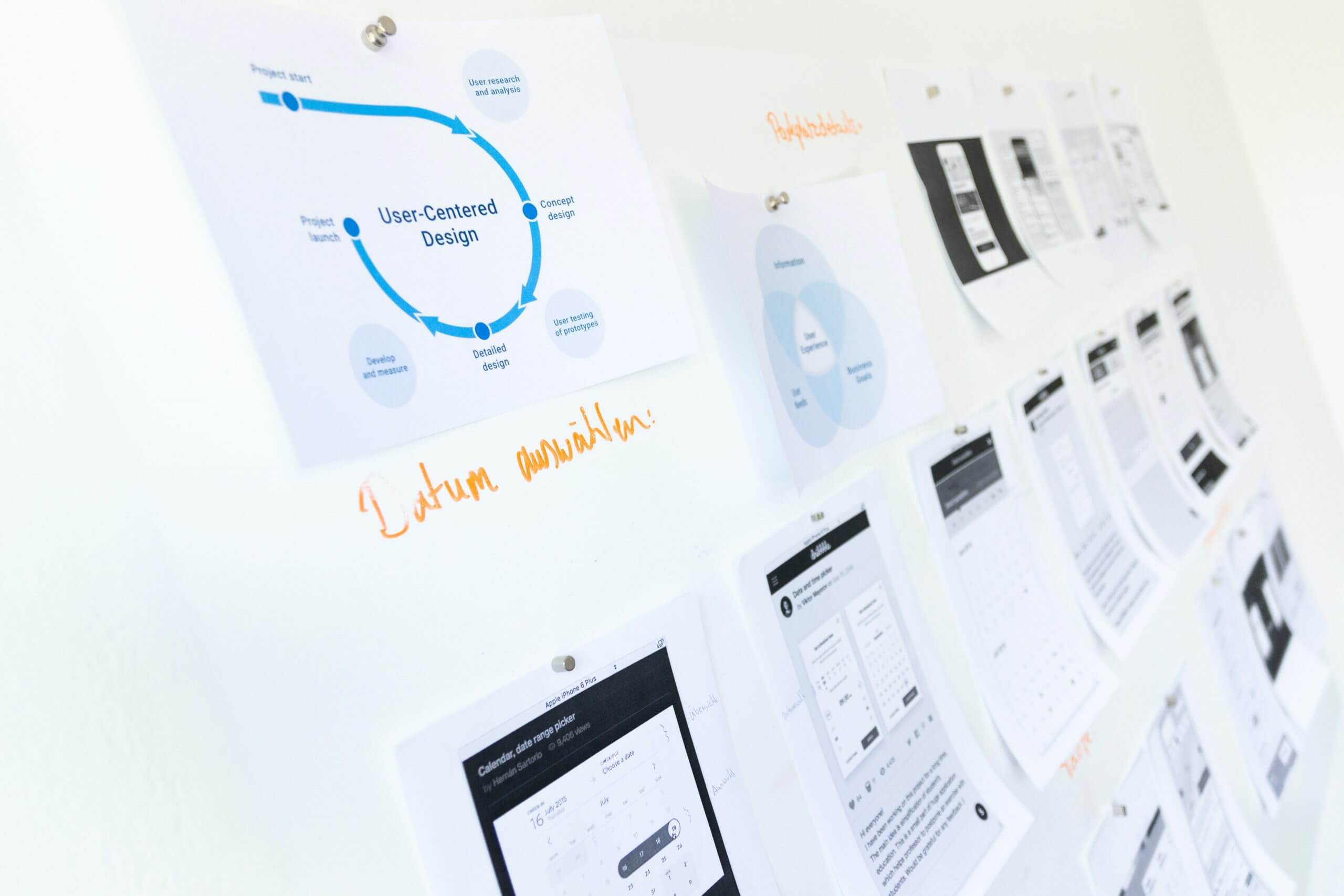Okay product leaders, this excerpt sheds some light on how to create a problem statement that works to focus the team and allow for you to say ‘no’ confidently. Take a look.
The following has been excerpted from Groundwork: Get Better at Making Better Products by Vidya Dinamani and Heather Samarin.
Let’s examine what goes into a Convergent Problem Statement. As a reminder, a convergent problem statement clearly describes the most relevant difficulty the customer is dealing with and is stated with no attempt to address possible solutions. We want to clearly define the problem in detail so that anyone reading the problem statement can immediately understand the situation. Every problem statement should address the following six questions.
1. Who Does It Impact?
You need to be able to imagine the person impacted by the problem. Start by defining a real human being—someone you can relate to. Developing a sense of the person who has the problem immediately creates a sense of empathy. This empathy allows you to better understand the problem. Don’t focus on demographics; think about a specific person in a particular role. You don’t need to name them, but you do want a sense of who they are, where they work, and what their day-to-day life might look like.
2. What Are They Trying to Do?
You want to understand the context in which the person is operating. Here you’ll think in more depth about where they live, work, or play. Their surroundings matter. You need to know what they have access to, what their environment looks like, and what options are available for them. You start to build a picture of what they have access to, and the workarounds or options they may consider to naturally approach the problem.
3. How Do They Want to Feel?
We love this question. Yes, it’s touchy-feely, but it goes to the core of why someone will care about the problem being solved. And for all you super-analytical types, this will be a cornerstone as you think about marketing. Understanding the emotional toll of the problem will help you sell the benefits of using your product. Every problem in your life leads to an emotion.
When the person you envision experiences the problem at hand, do they feel annoyed? Grumpy? Frustrated? Angry? Exhausted?
This is one of the hardest questions to answer, so keep exploring different adjectives until you find the one that resonates. When you land on the right emotion, it will feel like an “aha!” moment. Understanding how your customer feels can reveal whether the problem is a serious or a trivial one. Asking these emotion questions help you determine the list of features needed to solve the problem, develop the solution, and price it. But let’s not jump ahead of ourselves; there’s still more to learn about the problem.
4. What’s Getting in the Way of Just Addressing the Problem?
When customers have problems, they’ve usually tried to address them in some way if it’s important enough. Have they tried alternative solutions? Did anything partially work? Have they created workarounds, whether that’s through supplementary software or manual steps? Have they tried to reduce the impact of part of the problem? What are the biggest barriers to resolving their problem? Is it lack of awareness? Budget? Time? This question asks you to both ask direct questions, and also to closely observe behavior and actions.
5. When Does This Problem Occur?
This question is about timing. Is this a recurring problem? Is it a daily or a weekly problem? Does it only occur at the end of a fiscal quarter? Or does it occur once, but when it occurs, is it extremely painful? Understanding the frequency of the problem gives you a sense of the scale and size of the problem. This question pushes innovative thinking; understanding what’s happening for the customer at different points of time allows us to consider alternatives.
6. Why Does This Problem Exist?
As you complete the problem statement, start to develop a hypothesis about why this particular problem exists for your customer. What gets in the way of just going about their day and avoiding this problem? Are there any alternative solutions or products that are just not viable, or is there no solution and they are creating a set of workarounds? Try not to go straight to willingness to pay for a solution as the answer, after all, people will pay a lot to solve an important problem. Instead, consider other factors that might be causing this problem.
Remember, it’s for the particular person that you imagined in the first question (who does the problem impact?). Don’t generalize across a population to determine why the problem exists.
The answers to these six core questions paint a picture of your customer and their problem.
If you like what you see, there’s more where that came from. Pick up Groundwork: Get Better at Making Better Products by Vidya Dinamani and Heather Samarin from Amazon.
Product Rebels is a product management training and coaching firm run by long term product executives for companies like Intuit and Mitchell International. We have trained over 200 companies, small and enterprise level, in the skills and frameworks that help product management leaders and product managers deliver kick-ass customer experiences. We have a passion for finding efficient ways of infusing customer insight into everything product teams do in pursuit of experiences that customers love …and that drive growth. Join us in the Product Rebels Community on Facebook or the Product Rebels Community on LinkedIn.
Take a look at our very practical training courses and coaching programs that give you practical tools, frameworks, and support you can use tomorrow in becoming a more effective product leader. www.productrebels.com

